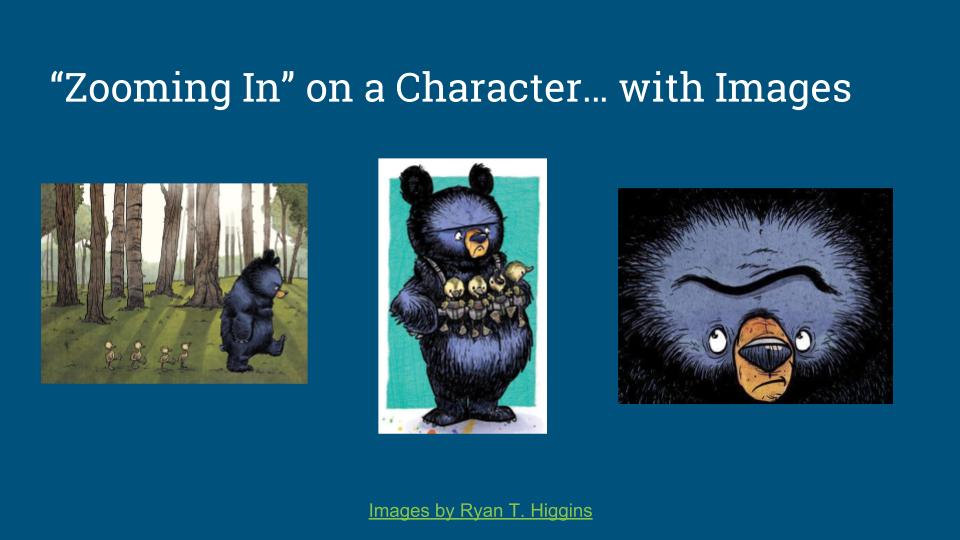This list of curated resources represents work that I have produced from March to May of 2020, all aimed at helping educators as they transitioned to remote learning during the COVID-19 pandemic.
The full article. “Critical, creative, and compassionate: Resources for teaching English in an era of COVID-19” appears in Australia’s English Teachers Association NSW’s journal, mETAphor (openly available through their website and as a PDF here).
The links here are presented in the order that they appear in the article, which I will provide a link to (once the issue is published online).
March 2020
- On COVID-19 (and the Moving of Courses from Campus to Cloud) Blog Post (3/8/2020)
- “More than Moving Online” Webinar Series (3/15/2020)
- Where Do We (Virtually) Go From Here? Blog Post (3/25/2020)
- Literacy in a Time of Rapid Change – Strategies & Resources for Virtual Learning Archived Webinar (3/25/2020)
- In the Time of Corona: Teaching Writers in Uncertain Times Blog Post (3/31/2020)
April 2020
-
- Continuity of (Our Own Professional) Learning – Webinars Series from the Chippewa River Writing Project Webinar Archives (April 21 – June 9, 2020)
- Resources and Reflections from “Online Environments and Your Students: Strategies to Inform Writing Instruction Webinar” Blog Post (4/22/2020)
- Ideas from Instagram Live Conversation: “Online Teaching and Learning English” (4/23/2020)
- Podcast with Ivy Ewell Eldridge on “Writing with Digital Tools” (Recorded in February, released in April)
May 2020
- Slides from Keep Michigan Learning Session: Supporting Literacy Learning for Secondary Students (5/12/2020)
- Using Vocaroo to Provide Voice Feedback (Video) as part of the “Ask the Experts” series (published in May 2020)
- #Writing Matters Twitter Chat: “Create Confidence by Inviting, Encouraging, & Celebrating Student Writers!” (Wakelet Archive, 5/20/2020)
- Additional resources:
- NCTE’s “Definition of Literacy in a Digital Age” (2019)
- Carl Hooker’s “25 Strategies to Engage Students on Your Next Zoom Meeting” (5/13/2020)
- NearPod
- FlipGrid
- PeerGrade
- NowComment
Summer 2020
- Remote Literacy Learning: Promising Practices for Online Classrooms (Professional development institute, June 2020)
Books
- The Digital Writing Workshop (Heinemann, 2009)
- Because Digital Writing Matters (Jossey-Bass, 2010)
- Crafting Digital Writing (Heinemann, 2013)
- Create, Compose, Connect! (Routledge/Eye on Education, 2014)
- Connected Reading (NCTE, 2015)
- Assessing Students’ Digital Writing (Teachers College Press, 2015)
- Research Writing Rewired (Corwin Literacy, 2015)
- Assessing Students’ Digital Writing (Teachers College Press, 2015)
- Coaching Teacher-Writers (Teachers College Press, 2016)
- Argument in the Real World (Heinemann, 2017)
- From Texting to Teaching (Routledge/Eye on Education, 2017)
- Ask, Explore, Write! (Routledge/Eye on Education, 2020)
- Creating Confident Writers (W. W. Norton, 2020)
Updated on June 30, 2020 to include article link.

This work is licensed under a Creative Commons Attribution-NonCommercial-ShareAlike 4.0 International License.

 About the Presenters
About the Presenters Shaelynn Farnsworth is a coach, consultant, and educator for Web20Classroom. She is a leader in the convergence between literacy and technology. As a high school teacher, she redefined her English classroom as not only a place to learn about literature but also explore how technology is shaping the future of communications. She continues this exploration in her role as a consultant focusing on technology, literacy, differentiation, and systemic change. Shaelynn is a staff developer, literacy coach, and supports districts in the implementation of initiatives. She is a MIEExpert, Google Certified Innovator, Apple Teacher, and has training in Project-Based Learning from the Buck Institute, Visible Learning with Hattie, Instructional Coaching, and K-12 Literacy Best Practices.
Shaelynn Farnsworth is a coach, consultant, and educator for Web20Classroom. She is a leader in the convergence between literacy and technology. As a high school teacher, she redefined her English classroom as not only a place to learn about literature but also explore how technology is shaping the future of communications. She continues this exploration in her role as a consultant focusing on technology, literacy, differentiation, and systemic change. Shaelynn is a staff developer, literacy coach, and supports districts in the implementation of initiatives. She is a MIEExpert, Google Certified Innovator, Apple Teacher, and has training in Project-Based Learning from the Buck Institute, Visible Learning with Hattie, Instructional Coaching, and K-12 Literacy Best Practices. Please enjoy my most recent post, “From Wonder to Writing: Invite Students Into Inquiry Through Online Articles” on
Please enjoy my most recent post, “From Wonder to Writing: Invite Students Into Inquiry Through Online Articles” on 



